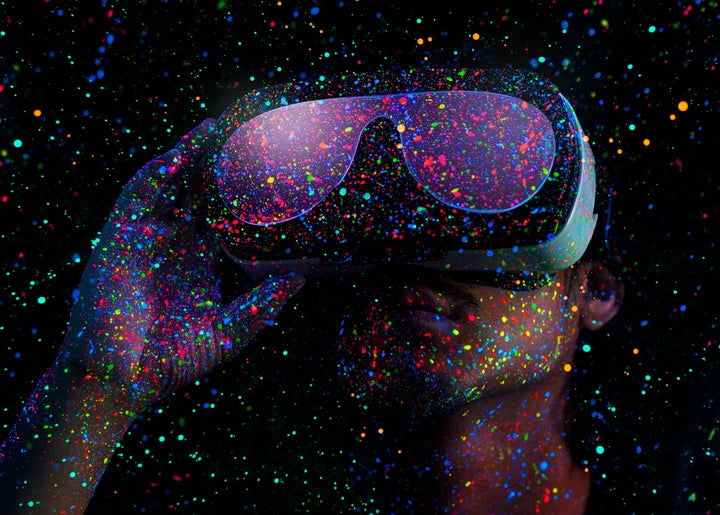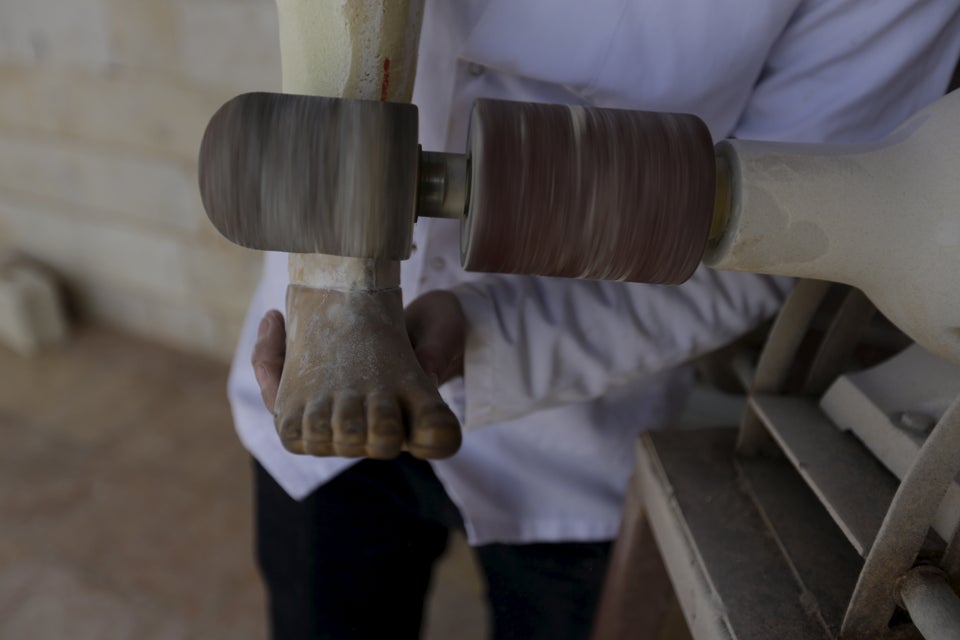
(Reuters Health) - Virtual reality games designed for amputees to experience movement in missing limbs might help reduce painful sensations from the absent body part, a small experiment suggests.
Most amputees experience some “phantom” pain that seems to come from a lost limb. For about a third of them, it becomes so severe that it worsens their disabilities, makes it harder for them to use prosthetic limbs and impacts their mental health and quality of life, researchers note in The Lancet.
The experiment tested what researchers call “phantom motor execution,” using virtual reality to give participants the sensation that they’re moving a missing limb.
“When the patient aims to move their missing limb, muscles at the stump produce traces of electrical activity that we use to decode the intended phantom limb movement,” said lead study author Dr. Max Ortiz Catalan of Chalmers University of Technology in Gothenburg, Sweden.
“We then show this movement to the patient in real-time with augmented reality and other virtual environments,” Ortiz Catalan said by email. “This makes the patient use brain areas dedicated to motor execution that were previously neglected, and potentially entangled with pain perception circuitry.”
The study included 14 patients who began experiencing phantom limb pain soon after they had an arm amputated. They had been amputees for between two and 36 years and had not benefited from other treatments.
For the experimental treatment in the study, researchers placed sensors on the patients’ stumps to detect nerve signals that would control muscular activity for the missing arm. The sensors fed signals into a computer that decoded and used them to create an active virtual arm on a computer screen, representing the missing limb.
Participants received training on how to use their virtual arms to make so-called phantom movements in the game. Then they drove a virtual car around a racetrack using phantom movements and played another game copying movements of an on-screen arm with movements of their own virtual arms.
Altogether, they completed a series of 12 two-hour treatment sessions. Patients rated the intensity, quality and frequency of their phantom limb pain before each treatment session, as well as how much the pain intruded on sleep and activities of daily living.
Once they completed all 12 sessions they had follow-up interviews one, three and six months after treatment.
By the end of these sessions, participants reported an average 50 percent reduction in pain intensity, duration, quality and frequency – and these improvements remained after six months, Ortiz Catalan said. They also had about a 50 percent decline in the intrusion of pain on their sleep and day-to-day activities.
All of the patients said they felt constant pain at the start of the study, but by six months only half of them did. Stabbing, tiring or exhausting pains in the phantom limb were also less common after treatment, the study found.
Beyond its small size, the short duration of the treatment and follow-up period is a limitation of the study, the authors note. The trial also didn’t include a control group of patients who didn’t receive treatment so it’s possible the pain reduction people reported after the sessions might be a placebo effect, the researchers point out.
This virtual reality game wouldn’t work for patients with nerve injuries or people who can’t move their stump.
There are few effective treatments for phantom limb pain. Surgery and drug treatments only provide limited pain relief while creating side effects. An intervention known as mirror therapy that uses reflections of the unaffected limb to make it look like the patient is moving their missing limb sometimes helps.
“Mirror therapy is beneficial for many people, and is obviously much more accessible and cheaper than the high tech solution described in this study, but the therapy needs to be continued over time to maintain benefits,” said Dr. Melita Giummarra, a researcher at Monash University in Australia who wrote an accompanying editorial.
“Given this knowledge, I wonder whether the effects of this virtual reality model would be maintained over time without access to the system for booster therapy,” Giummarra told Reuters Health by email.
SOURCE: http://bit.ly/2guc1xG and http://bit.ly/2gf6x61 The Lancet, online December 1, 2016.

